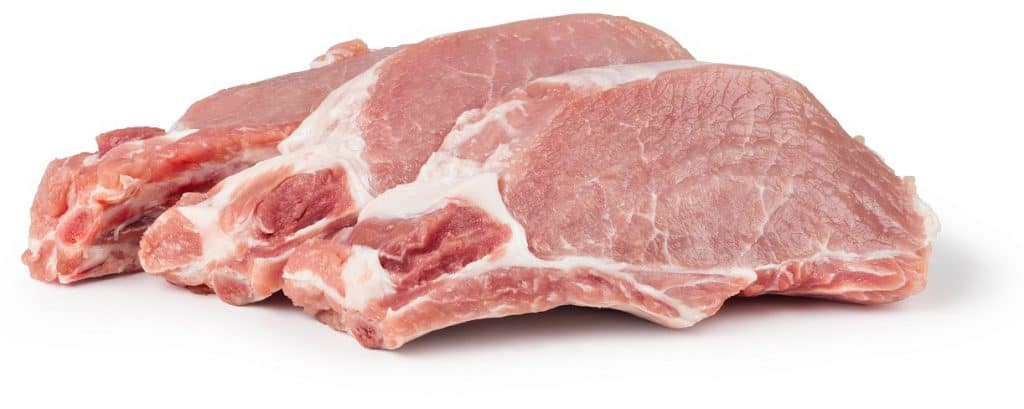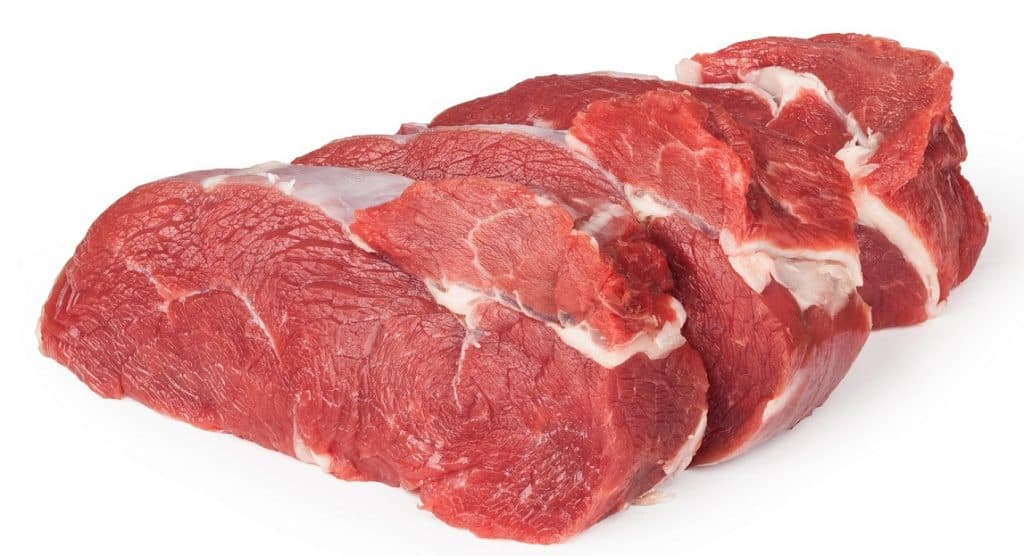As a macronutrient, the human body requires a significant percent of protein for development, growth, and repair. However, the quality of proteins in food sources can differ by the extent that the body can effectively use it.
Protein bioavailability is the degree by which the body can utilize dietary protein, break it down into amino acids, and utilize those amino acids for protein synthesis in the body. This differs among different protein food sources such as meat, eggs, soy, and dairy products.
This article will discuss protein bioavailability, what the difference between bioavailability and absorption is, types of proteins, and the bioavailability of protein in common protein food sources.
Bioavailability vs Absorption
Bioavailability and absorption are often used used synonymously. However, there are key differences between the two terms.
Bioavailability is amount of a substance being consumed that can be used by the body. In terms of protein, bioavailability is the amount of protein that can be broken down into usable amino acids.
Absorption refers to movement of nutrients and is related to digestion. When food is digested, it is broken down into smaller units that can then travel from the digestive tract to the bloodstream where the nutrients can be carried all over the body.

In terms of protein, protein food sources are digested and broken down into smaller forms such as tripeptides, dipeptides, or amino acids. These smaller units are then transported to various parts of the body and are used for further protein synthesis.
Bioavailability and absorption can be quantified in a number of ways. For this article, bioavailability will be stated as a biological value (%) while absorption will be stated in the form of the protein digestibility-corrected amino acid score (PDCAAS).
Types of Proteins
Structurally, proteins can take the form of various shapes and sizes. However, all proteins are made of the same structural units: amino acids.
There are 20 different amino acids, and they make up all of the proteins in the body. While the body can produce most of these amino acids (called non-essential amino acids), there are amino acids that the body cannot produce. These are called essential amino acids.
Non-essential amino acids include: alanine, arginine, asparagine, aspartic acid, cysteine, glutamic acid, glutamine, glycine, proline, serine, and tyrosine.
Essential amino acids include: histidine, isoleucine, leucine, lysine, methionine, phenylalanine, threonine, tryptophan, and valine.
In terms of food containing these essential amino acids, dietary protein can be divided into three categories: complete, incomplete, and complementary proteins.
Complete proteins include all essential amino acids. Examples include beef, pork, chicken, eggs, and cheese.
In contrast, incomplete proteins are those that lack one or more of the essential amino acids. Plant-based sources are often incomplete with only a few key exceptions. Plant-based proteins sources that are considered complete include quinoa, soy, and chia seeds.
Complementary proteins are the combination of various incomplete protein sources to encompass all the essential amino acids. For example, the combination of legumes and grains represents a good example of complementary proteins.
High Protein Food Sources That are Digestible
Here are several food items that are considered as good sources of protein and their protein bioavailability and digestibility.
Whey

Whey is a by-product of the cheese making process as it is the liquid that remains after straining curdled milk. It is used in most protein supplements as whey is a complete protein source and has among the highest protein bioavailability compared to other protein food sources.
The protein bioavailability of whey is almost absolute, approximately at a hundred percent (100%). The digestibility of whey protein is also incredibly high, with the highest possible PDCAAS of 1.0.
Egg Whites

Egg whites are the clear liquid that surrounds the yolk inside an egg. It serves to protect and nourish the growing embryo.
Egg whites are a popular protein source because in terms of macronutrients, it is almost pure protein. While egg whites are mostly made of water (90%), the remaining percent is almost completely protein.
Like whey, the protein bioavailability of egg whites is almost absolute, at around a hundred percent (100%). Egg whites also score the highest in digestibility with a PDCAAS of 1.0.
Fish
Fish is an importance source of protein and other nutrients. Many species of fish are commonly eaten such as salmon, tuna, tilapia, and cod. Fish meat also provides other nutritional substances such as omega-3 fatty acids.
Fish meat contains decent amounts of protein with 100 grams of cooked salmon having 22 grams of protein. Removing the wet weight, 100 grams of dried fish would have 62 grams of protein. Fish protein has a high bioavailability of 76-83%. It is highly digestible with a PDCAAS of 1.0.
Pork

Pork is the culinary term for meat obtained from pigs. It is the most consumed meat in the world. Pork is an excellent protein source and while the meat can contain high amounts of fat and cholesterol, pork has lean meat, and the fat can be trimmed.
Pork contains high amounts of protein with 100 grams of pork loin having 27 grams of protein. Pork protein has an average digestibility with a PDCAAS of 0.63.
Chicken

Chicken is the most consumed poultry and the second most consumed meat in the world.
Chicken meat contains high amounts of protein with 100 grams of chicken breast having 31 grams of protein. Chicken protein has a high bioavailability of 79%. It also has a high digestibility with a PDCAAS of 0.91.
Beef

Beef is the culinary term for meat obtained from cows and cattle. It is the third most consumed meat in the world.
Nutritionally, many people prefer beef over pork meat because beef meat contains less fat and cholesterol. Beef is also ideal as it contains high amounts of iron and zinc – metals that are readily utilized by the body.
Beef contains high amounts of protein with 100 grams of ground beef containing 26 grams of protein. Beef protein has a high bioavailability of 80-82%. It also has a high digestibility with a PDCAAS of 0.92.
Milk and Dairy Products

Milk is a nutrient-rich secretion obtained from mammary glands and is the primary source of nutrition for infants. There are a number of available types of milks, but cow’s milk is the most consumed.
Milk and products made of milk, dairy products, are popular protein food sources. These include yogurt, cheese, butter, and cream. Aside from being excellent protein sources, milk and dairy products also contain valuable nutrients such as calcium and vitamins.
A glass of 1% fat milk can contain around eight grams of protein while a hundred grams of cheddar cheese has 25 grams of protein. It has a high protein bioavailability of 84-90% and milk protein has the highest digestibility with a PDCAAS of 1.0.
Soy
Soy, from soya beans, is a legume native to Asia. It is used in many traditional Asian dishes and is processed into numerous food items such as soy milk, tofu, tempeh, and fermented bean paste.
Soy contains high amounts of protein with 100 grams of soybeans having 36 grams of protein. Soy protein has a bioavailability of 91-96% and has the highest digestibility with a PDCAAS of 1.0
Final Thoughts
Protein bioavailability highly depends on the protein food source. There are numerous high quality and high protein food sources such as pork, beef, meat, soy, and eggs. Aside from bioavailability and digestibility, protein food sources should also be evaluated depending on whether they are complete or incomplete protein sources.
